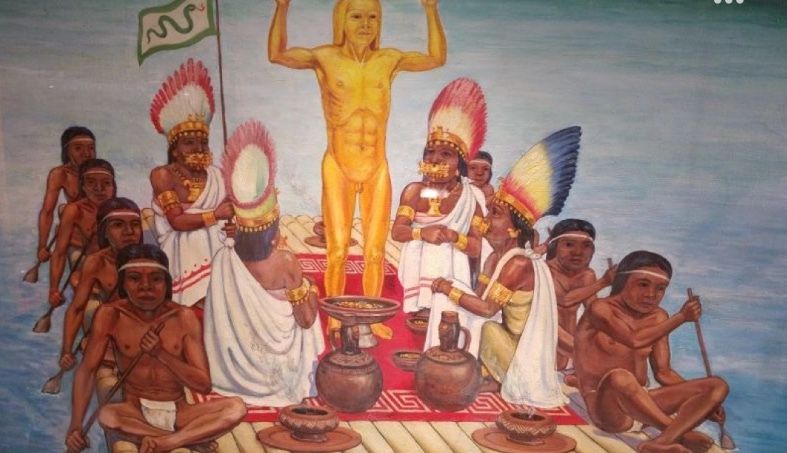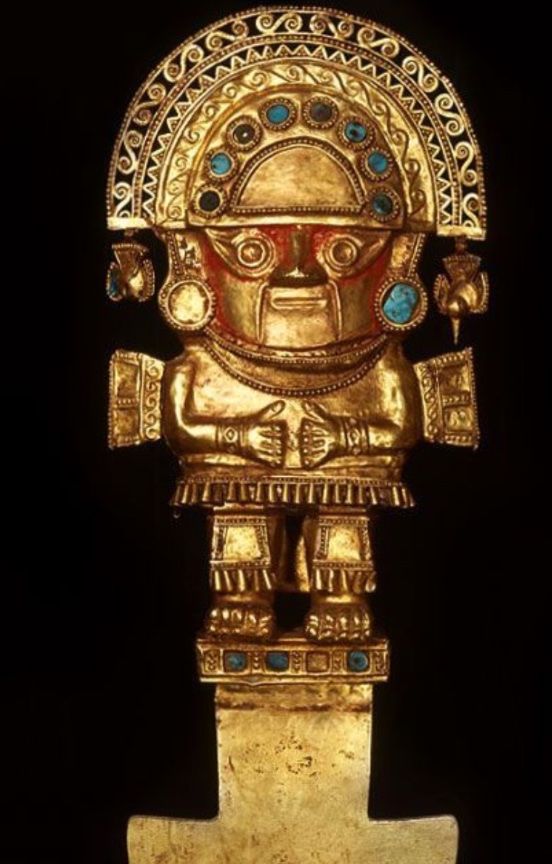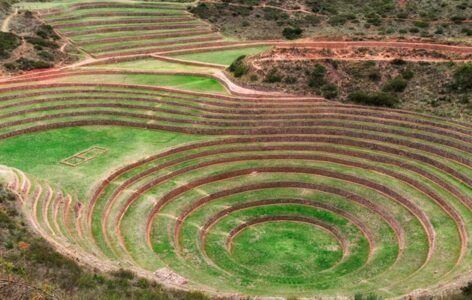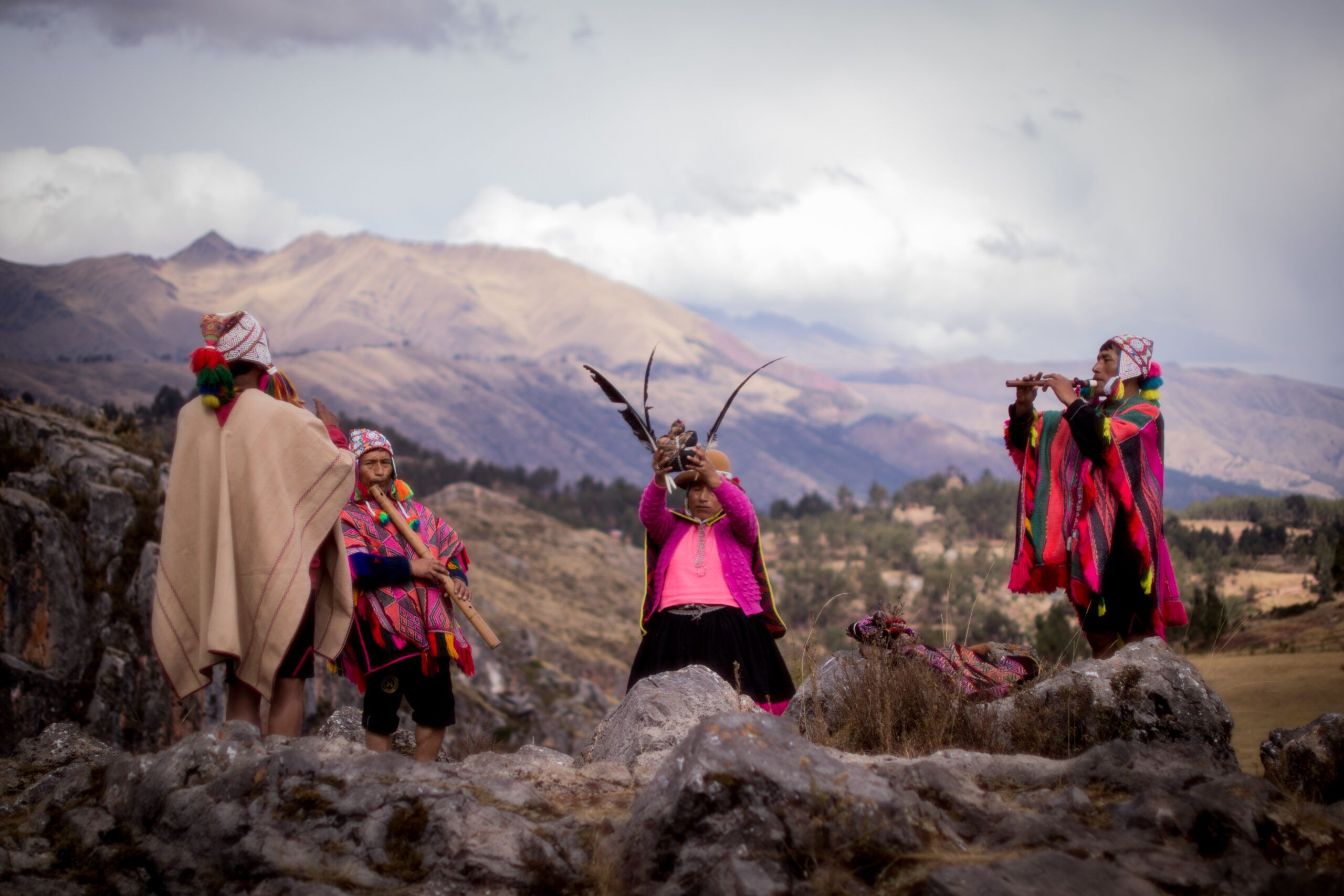Paititi: Among the many enigmatic tales of the great Inca Empire, one stands out like a legend-
The story of a hidden city of treasures deep in the Amazon jungle
PAITITI

The Qero people also speak of Siwari Paititi, a mythical place said to lie within the mountains. (Núñez del Prado, 1955).
The First Historical Mentions of Paititi
With Columbus’s arrival in the Americas, countless adventurers set out in search of land and riches—and with them, the legend of Paititi grew.

The first written record of this name dates back to Vaca de Castro (1542-1608), who described the conquests of the Inca ruler Pachacuti, mentioning a river called Paitete and the Amazon jungle.
Over time, the name “Paititi” appeared in different accounts, sometimes referring to a lagoon, other times to a province.
Despite these historical references, the myth of it—alongside other legendary places like El Dorado, the City of the Caesars, and Manoa—has been categorized as a geographical myth (Tyuleneva, 2018).
For medieval Europe, such myths evoked visions of an earthly paradise.
Similar legends existed in China and India, fueling the desire to conquer new, unclaimed territories—especially those rumored to hold precious metals.
Failed Expeditions
The tales of this hidden paradise inspired numerous expeditions between the 16th and 17th centuries. Guided only by the vague notion that “Paitete” lay east of Cusco, explorers like Pedro de Candia (1538) ventured into the Paucartambo Valley, followed by Pedro Anzurez and others who pushed into Madre de Dios. Although they encountered large indigenous tribes, they found no traces of gold or silver. Over time, Paititi became known as a refuge for the Incas—yet despite relentless searches, the legendary city was never found.
Author : Joan De la colina Roman
References :
– Flores, J. (2005). Los q’eros. Últimos descendientes de los incas. En J. Flores, J. Núñez del Prado y M. Castillo (Eds.), Q’ERO, el ultimo ayllu inka.
– Vera Tyuleneva(2018) El Paititi
Historia de la búsqueda de un reino perdido



